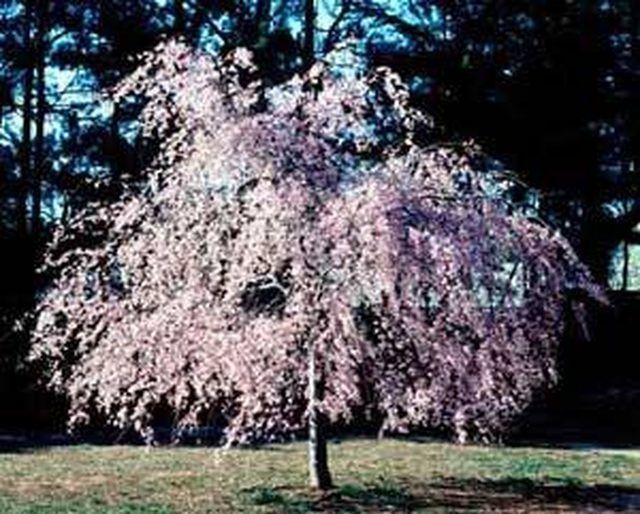Bulbs
Flower Basics
Flower Beds & Specialty Gardens
Flower Garden
Garden Furniture
Garden Gnomes
Garden Seeds
Garden Sheds
Garden Statues
Garden Tools & Supplies
Gardening Basics
Green & Organic
Groundcovers & Vines
Growing Annuals
Growing Basil
Growing Beans
Growing Berries
Growing Blueberries
Growing Cactus
Growing Corn
Growing Cotton
Growing Edibles
Growing Flowers
Growing Garlic
Growing Grapes
Growing Grass
Growing Herbs
Growing Jasmine
Growing Mint
Growing Mushrooms
Orchids
Growing Peanuts
Growing Perennials
Growing Plants
Growing Rosemary
Growing Roses
Growing Strawberries
Growing Sunflowers
Growing Thyme
Growing Tomatoes
Growing Tulips
Growing Vegetables
Herb Basics
Herb Garden
Indoor Growing
Landscaping Basics
Landscaping Patios
Landscaping Plants
Landscaping Shrubs
Landscaping Trees
Landscaping Walks & Pathways
Lawn Basics
Lawn Maintenance
Lawn Mowers
Lawn Ornaments
Lawn Planting
Lawn Tools
Outdoor Growing
Overall Landscape Planning
Pests, Weeds & Problems
Plant Basics
Rock Garden
Rose Garden
Shrubs
Soil
Specialty Gardens
Trees
Vegetable Garden
Yard Maintenance
About Weeping Higan Cherry Trees
About Weeping Higan Cherry Trees. Weeping Higan Cherry Trees are a beautiful ornamental flowering cherry tree, but they do need a lot of care and maintenance. They are not a tree to plant and forget about. They will be the centerpiece of the landscaping plan, an attention getter.

Weeping Higan Cherry Trees are a beautiful ornamental flowering cherry tree, but they do need a lot of care and maintenance. They are not a tree to plant and forget about. They will be the centerpiece of the landscaping plan, an attention getter.
Features
Weeping Higan cherry trees have a single trunk, grow to anywhere from 30 to 40 feet in height and produce an abundance of beautiful pink flowers in the early spring. The flowers will only last about one week. They will reach their maximum spread before they do their maximum height. They have bright green leaves and a trunk that has a smooth bark and an attractive bronze color. In the fall, the leaves turn chartreuse and yellow. The black fruit will attract small animals like squirrels. In warmer climates, the tree will have a second blooming in the fall.
Geography
Weeping Higan cherry trees are hardy in planting zones 5 through 8. They like a lot of sun and moist well drained soil, but can adapt to almost any soil conditions. Weeping Higan cherry trees do very well if planted near water such as a pond or stream.
Maintenance
The weeping stems can reach all the way to the ground. They should be pruned for a more groomed appearance and to show off the bronze color of the trunk , but just a couple of inches off the ground . It is best to keep grass away from the trunk of the tree and as far as out as the branches grow. Not only would the grass be hard to mow, it would compete for water. Put down a mulch instead.
Considerations
Weeping Higan Cherry should be planted where there is a lot of room. They do not do well on a small city lot. They are susceptible to a number of pests and diseases and you have to take into consideration the fact that it will cost money for a professional to take care of the problem, or you will have to spend your own time on it.
Insects
You will need to keep an eye out for aphids by looking at the new growth for any abnormalities. Borers love all types of cherry trees and they can cause a lot of damage. Make sure you fertilize regularly and no matter what type of soil you have, keep it moist. Spider mites are another pest you have to consider. They cause yellowing or stippling of the leaves, but the damage is only evident after it has gotten a good hold on the tree. Tent caterpillars, on the other hand, are easy to spot. They will make a nest that looks like a tent and then eat the leaves. Prune out the nests while they are small to limit the damage or you can spray with an insecticide.
Diseases
Weeping Higan cherry trees can have problems with diseases, especially if the soil is allowed to get too dry. They are susceptible to bacterial diseases like leaf spot and twig cankers. A fungus can cause red spots which eat away at the leaves and make small holes, black knot which will cause the branches to swell and powdery mildew will coat the leaves with white powder. Most of the problems can be pruned out, but they need to be spotted early on.